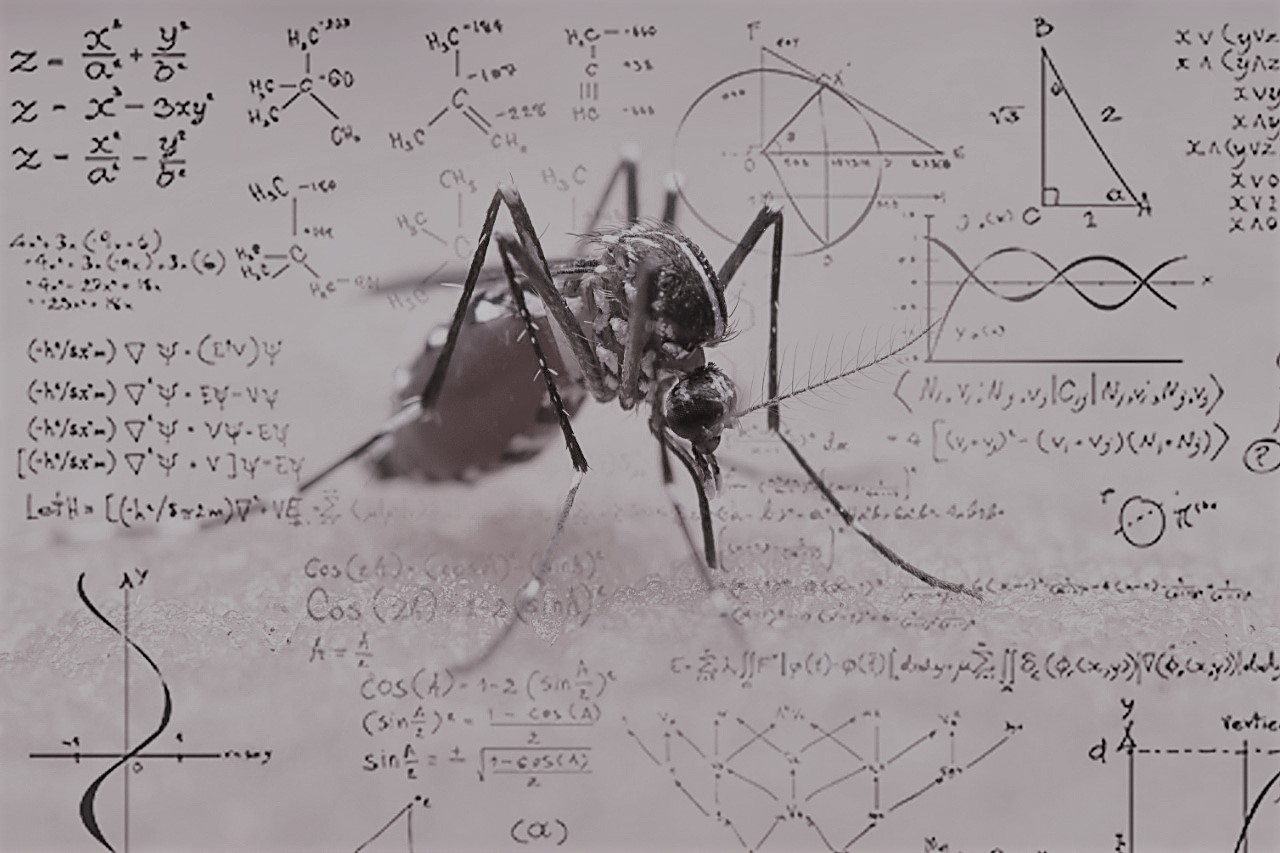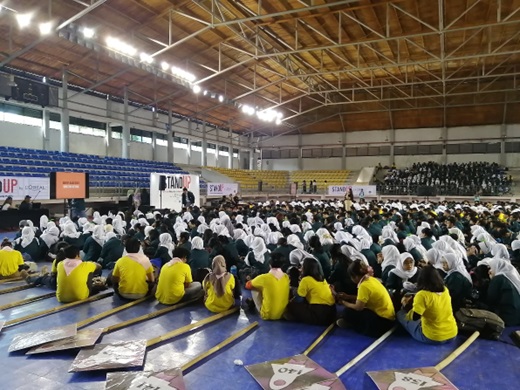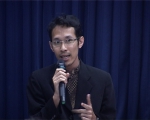Mathematical Epidemiology in Handling Outbreaks of Disease
By Adi Permana
Editor Adi Permana

BANDUNG, itb.ac.id – Mathematics has many benefits. On health sector, mathematics studies the spread of dangerous disease outbreaks. This study is known as mathematical epidemiology.
Nuning explained, this function of mathematical epidemiology is usable to analyze an outbreak as long as the phenomenon has source and branches usually referred to as node. The method is explainable in a simple way. The science exploits SIR model (Susceptible, Infectious, Recovered) as analytical device. The method separates a group of population into susceptible, Infectious, and—outside of those two categories—either recovered or died.
“It is similar if we analogize it with fandom, isn’t it? If in a population there are no boyband fans, everyone is merely susceptible. When a fan enters the population, others might follow (infectious) or slowly get bored (recovered/died),” said Nuning.
According to Nuning, the science is very beneficial and have great impact especially for handling of disease outbreaks. “We see today that people of Indonesia are attacked by blood dengue. ITB will not stay still. The team that accommodate the science have worked and gave suggestions and preventive solutions,” said Nuning.
She explained that according to a calculation conducted when analyzing population growth of Aedes Aegypti, it is found that there are two months gap between the peak of rainy season and the peak of mosquito population growth. “This will help in effective, efficient, and right-on-target fogging,” she added.
ITB had also aided the government of Jakarta to look for the source of diarrhea outbreaks in Jakarta. That time, SIR was not enough. It needs the help of graph theory in analyzing nodes. “To conduct the analysis, we need to conduct several analyses, including the combination of temporal and spatial analyses.” Explained Nuning. That aid has led Jakarta to get equipped with early detection system for particular disease outbreaks.
In the future, the challenges would be to utilize mathematical epidemiology that involves visible, more complex aspects, such as community’s mobility from Jakarta-Bandung and vice versa. This will make it more difficult to trace the source. She also mentioned other aspects, such as coinfection, superinfection and internal model.
Reporter: Ferio Brahmana (Engineering Physics 2017)

.jpg)
.jpg)
.jpg)
.jpg)
.jpg)



